Hostile architecture, also known as defensive or anti-homeless architecture, refers to an urban design strategy that aims to discourage behaviors that are deemed ‘undesirable’ by the government, such as loitering or sleeping in public spaces. These designs include features like spikes over subway grates or benches with dividers that prevent someone from comfortably laying down. Maine, like many other states, have seen a rise in homelessness, with over 4,200 homeless reported individuals (Maine Housing, 2023), a significant number of which are unsheltered, meaning they live in areas not meant to be lived in such as streets, parks, sidewalks, subway stations, ect. Even if we zoom out of Maine and look at homelessness in the United States according to HUD (Housing and Urban Development, 2022) data from 2022, about 582,000 people were homeless on any given night, and of those about 174,000 (30%) were unsheltered. While government sanctioned/ funded shelters in the U.S. provide essential temporary housing, they are often overcrowded and underfunded, and many people experiencing homelessness remain in public places. The tension between shelter capacity and street homelessness creates tension in urban areas, where cities grapple with how to manage public spaces.
In response to the visibility of homelessness, many cities have adopted hostile architecture strategies. Many large cities like New York, San Francisco, and Los Angeles have implemented numerous measures to deter loitering and prevent people from ‘comfortably’ living on the street. Proponents of hostile architecture argue that such designs help maintain public order, reduce loitering and improve the overall aesthetic or the city. However, critics suggest that hostile architecture criminalizes poverty and does not address the root problem of the high numbers of homelessness in the country but instead displaces the problem from one area to another.
City planners, faced with the challenge of allocating scarce resources, such as capital or workers, must consider the trade-offs involved in investing in hostile architecture. In terms of economics, allocation means “the process by which economic resources get allotted (apportioned, assigned) to their particular uses for directly or indirectly satisfying human wants” (Auburn EDU, 2005). The economic costs include not only the initial installation but also ongoing maintenance, which can amount to significant amounts over a period of time. These funds could potentially be redirected to more permanent solutions, such as affordable housing initiatives, mental health services, or homelessness prevention programs aimed at addressing the root causes of homelessness. The perceived benefits of hostile architecture include cleaner, more visually appealing public spaces, a reduction in loitering, and possibly increase property values. However, these benefits come with considerable social costs. By designing spaces to exclude certain behaviors, cities push homeless individuals into more dangerous and precarious conditions, without acutely reducing homelessness itself. Additionally, this approach often increases the burden on emergency services and does little to create long term solutions. City planners must weigh whether investing in these temporary fixes is a better use of resources than committing to more comprehensive social programs that address homelessness at its core.
Economists often talk about incentives and group them into monetary and non monetary meaning there is a reward, eg. money, stock, ect. (monetary) or it’s about how the world views you or how you view yourself (non monetary). Hostile architecture is a form of physical disincentive, using discomfort to influence behavior in public spaces. Just as speed bumps are installed to slow down traffic or fences are put in to deter people from stepping on a homeowners lawn, hostile architecture intended to make certain activities, such as laying down and sleeping on a bench, physically uncomfortable. While this may appear effective in curbing unwanted behavior, it disproportionately affects marginalized groups without other resources. While it may stop a drunk person from sleeping it off in a children’s park, hostile architecture also stops domestic abuse survivors with nowhere to go from sleeping in a sheltered area. The broader implications of such disincentives is that they reflect a social trend of using physical discomfort as a method of controlling behavior, without addressing the deeper societal issues at play.
Hostile architecture presents a complex dilemma for the urban planet and society as a whole. While it may offer short-term solutions by keeping public places cleaner and reducing loitering, its long term effects are troubling, particularly for the homeless population. It raises critical questions about the ethics of designing public spaces to exude some of the most vulnerable members of society. Instead of focusing on temporary cosmetic fixes, cities might consider redirecting resources toward affordable housing, social services, and accessible mental health care, given they are the root causes of homelessness. By shifting priorities, cities can create increasing public spaces that serve all members of our society, rather than push the problem out of sight.
Sources
Maine Housing Authority. “2023 Point in Time Report.” MaineHousing.org, 2023, https://www.mainehousing.org/docs/default-source/housing-reports/2023-point-in-time.pdf.
U.S. Department of Housing and Urban Development. HUD.gov, https://www.hud.gov/.
“CT Hostile Architecture Ban Proposal.” Connecticut Mirror, 2023, https://ctmirror.org/2023/02/24/ct-hostile-architecture-ban-proposal/.
“Understanding Hostile Architecture: The Cause and Effect of Restricting.” NDC-MD.org, https://ndc-md.org/news-and-stories/understanding-hostile-architecture-the-cause-and-effect-of-restricting.
“Hostile Architecture.” Wikipedia, Wikimedia Foundation, 2024, https://en.wikipedia.org/wiki/Hostile_architecture.
“Allocation.” Auburn University, https://webhome.auburn.edu/~johnspm/gloss/allocation.phtml.



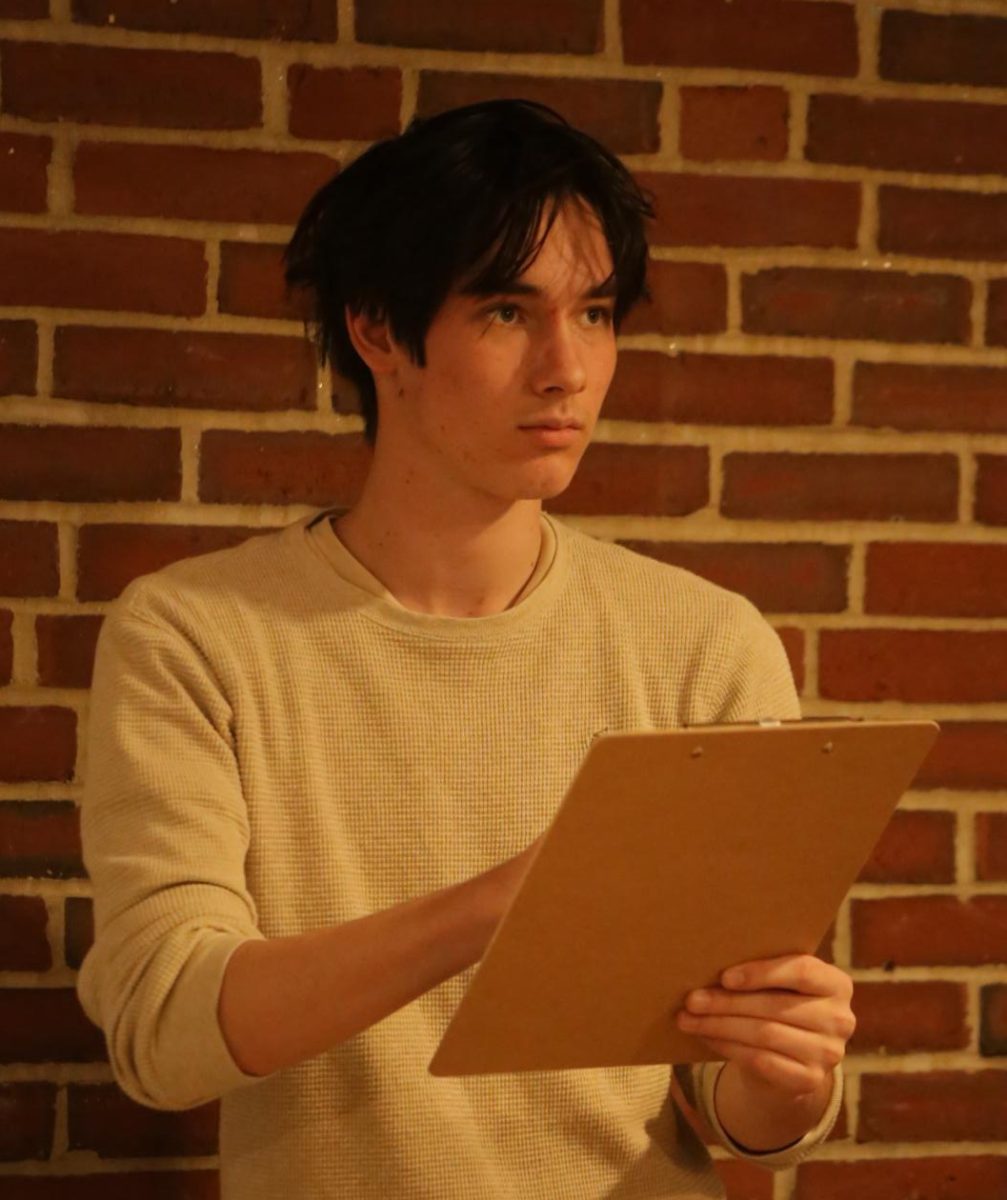




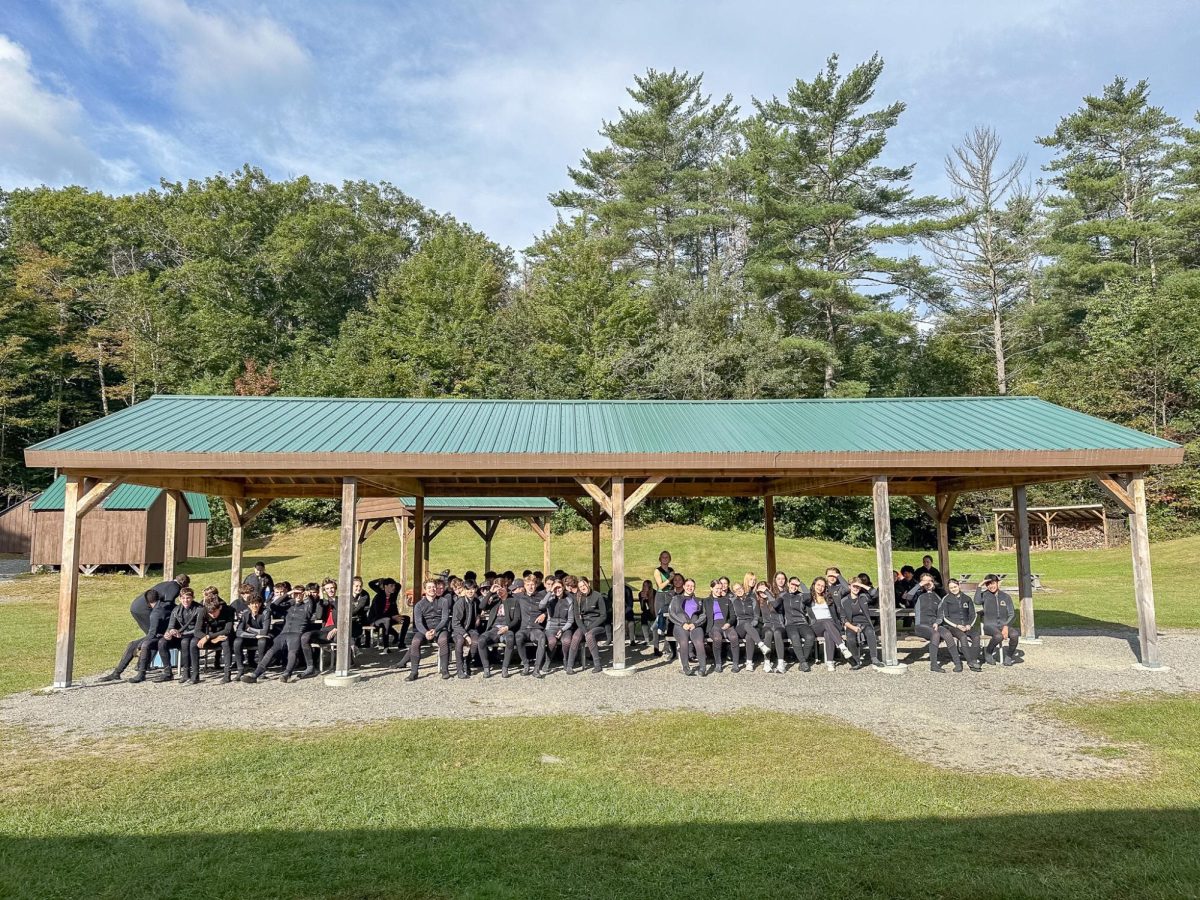



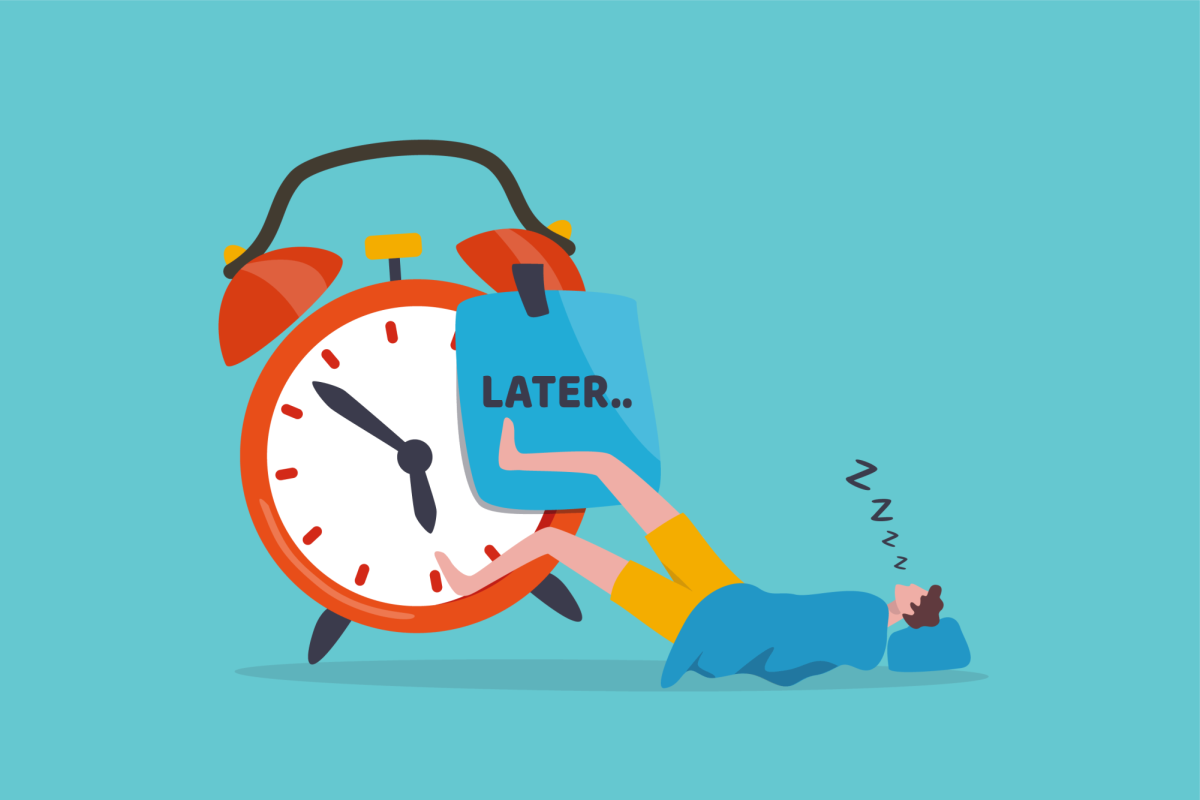




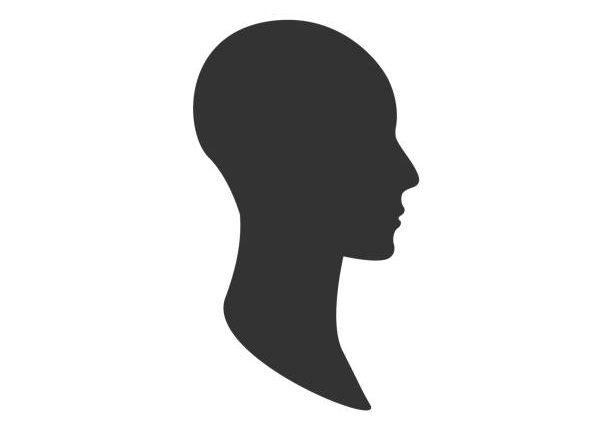






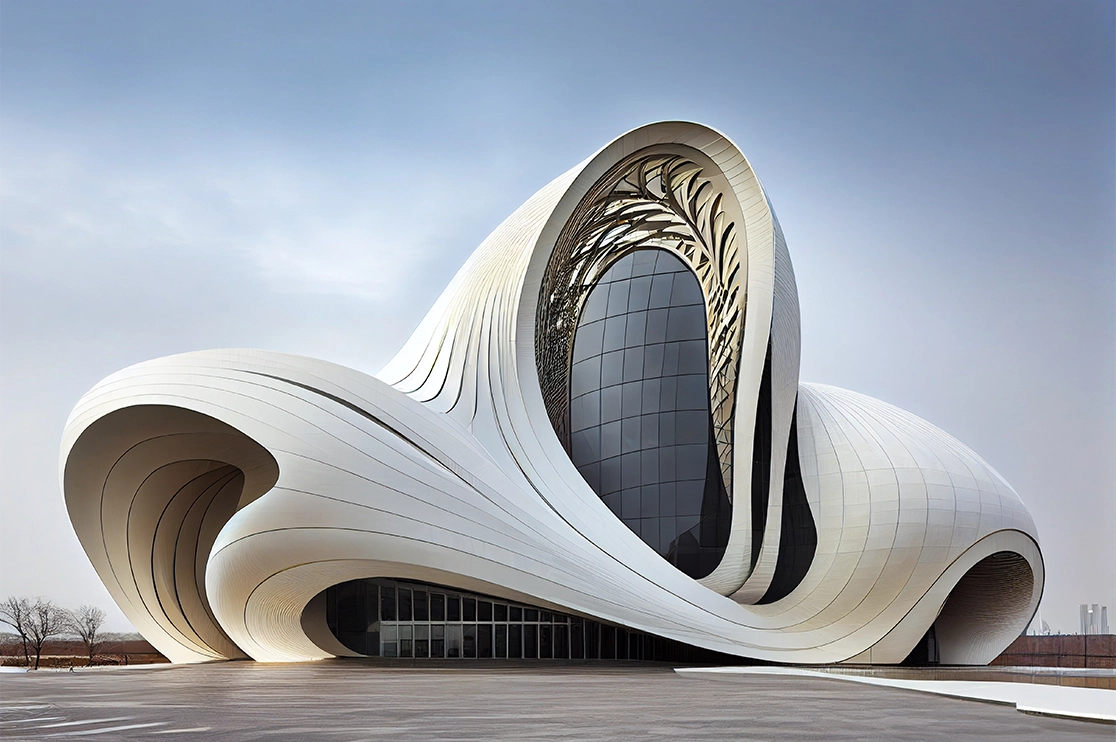

Andrei Ciocan Popescu • Nov 21, 2024 at 1:24 pm
Here’s a fun fact. It would probably cost less to establish a system to eliminate homelessness than it costs to create all this structures to keep homeless people uncomfortable.